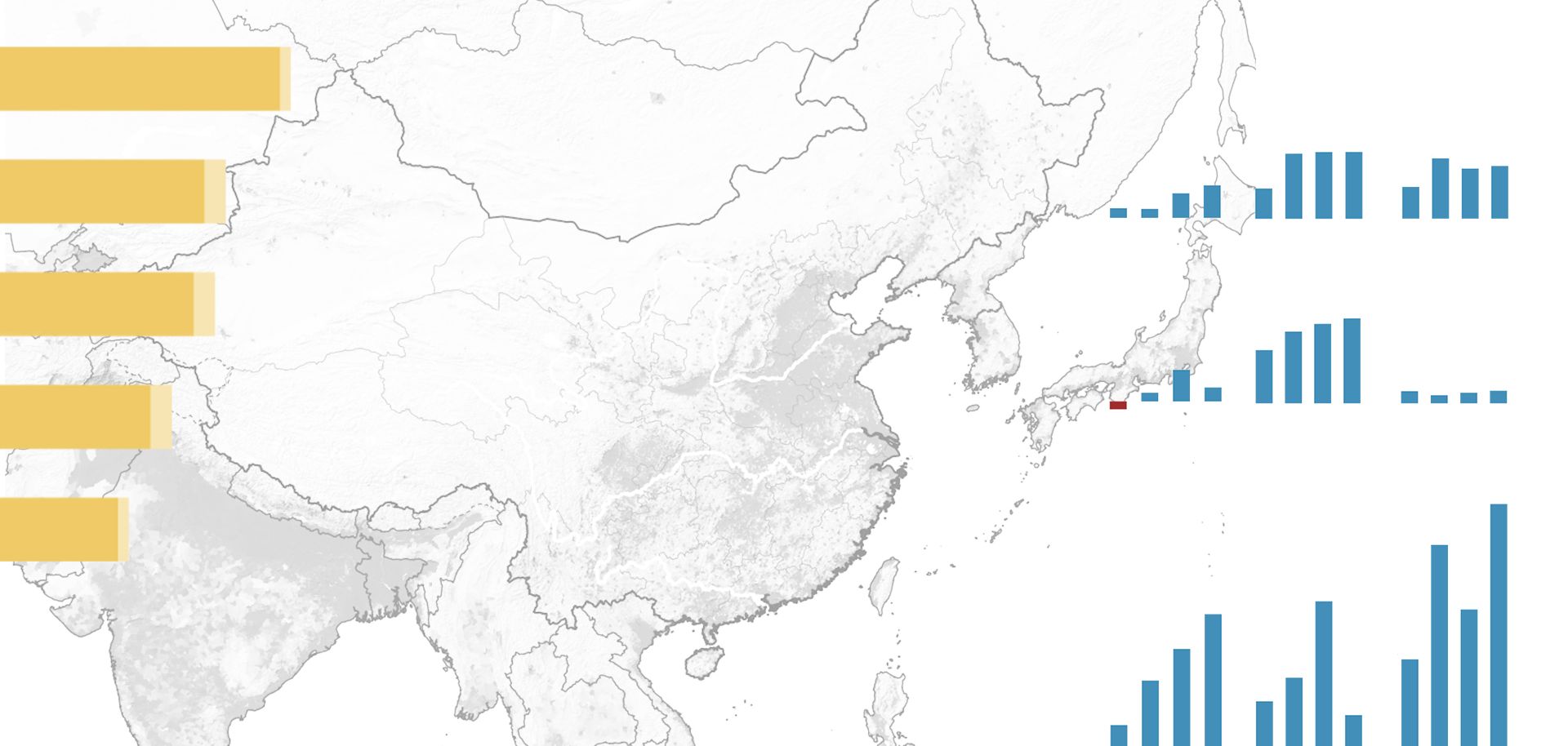
On April 5, 2014, Afghanistan will hold a presidential election to determine current President Hamid Karzai's successor. Most discussions over elections tend to focus on demographics, and in Afghanistan, discussions over demographics tend to focus on the country's fractious ethnic landscape. But no single group has a majority — Pashtuns represent 42 percent of the population, Tajiks 27 percent, Hazaras 10 percent and Uzbeks 9 percent — and much more important, all the groups are divided internally, so the election will be determined partly by how these various ethnic factions align with one another.
Because of their status as a plurality, Pashtuns naturally dominate the candidate field. What complicates any Pashtun candidate's chances of winning is that he must gain the support of his own constituency as well as backing from the Tajiks, Hazaras and Uzbeks — the country's three principal minorities. Presidential candidates know that they must choose their running mates wisely if they hope to earn the support of other ethnic groups. As a result, each of Afghanistan's top candidates has chosen vice presidents from at least two of the three minority communities.
Though more than two dozen former militia commanders, political figures and technocrats have declared their candidacy, only a few contenders are actually in position to win. Ultimately, the race will be decided between former Foreign Minister Abdullah Abdullah, who was the runner-up in the 2009 presidential election, and current Foreign Minister Zalmai Rassoul. Most of the other candidates have joined the race as part of strategies to protect their interests and extract concessions from the next administration. They will likely step down in favor of the top contenders as the election nears. The candidate with the best combination of Pashtun and Tajik support — not to mention support from Karzai — will become president.



